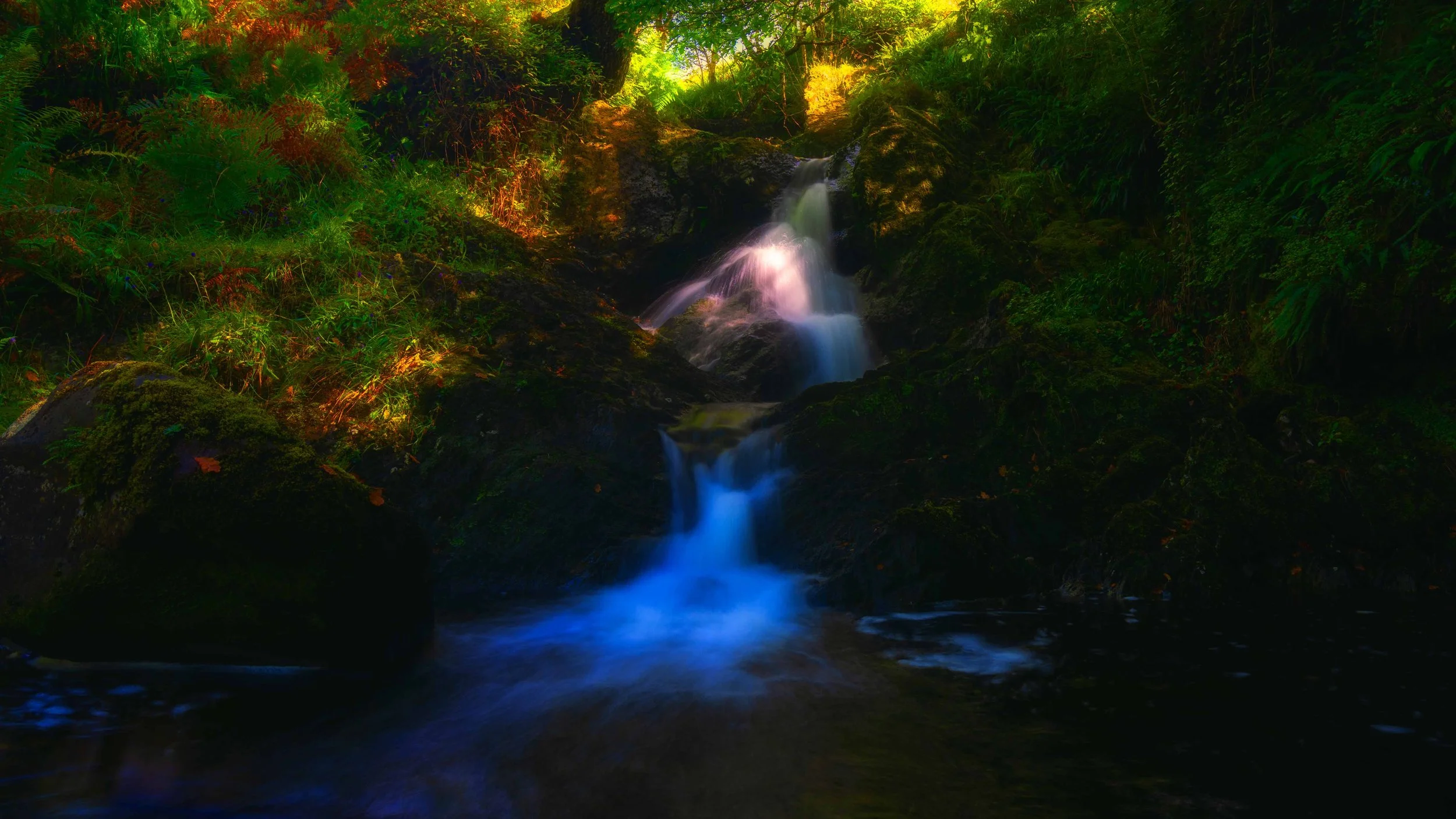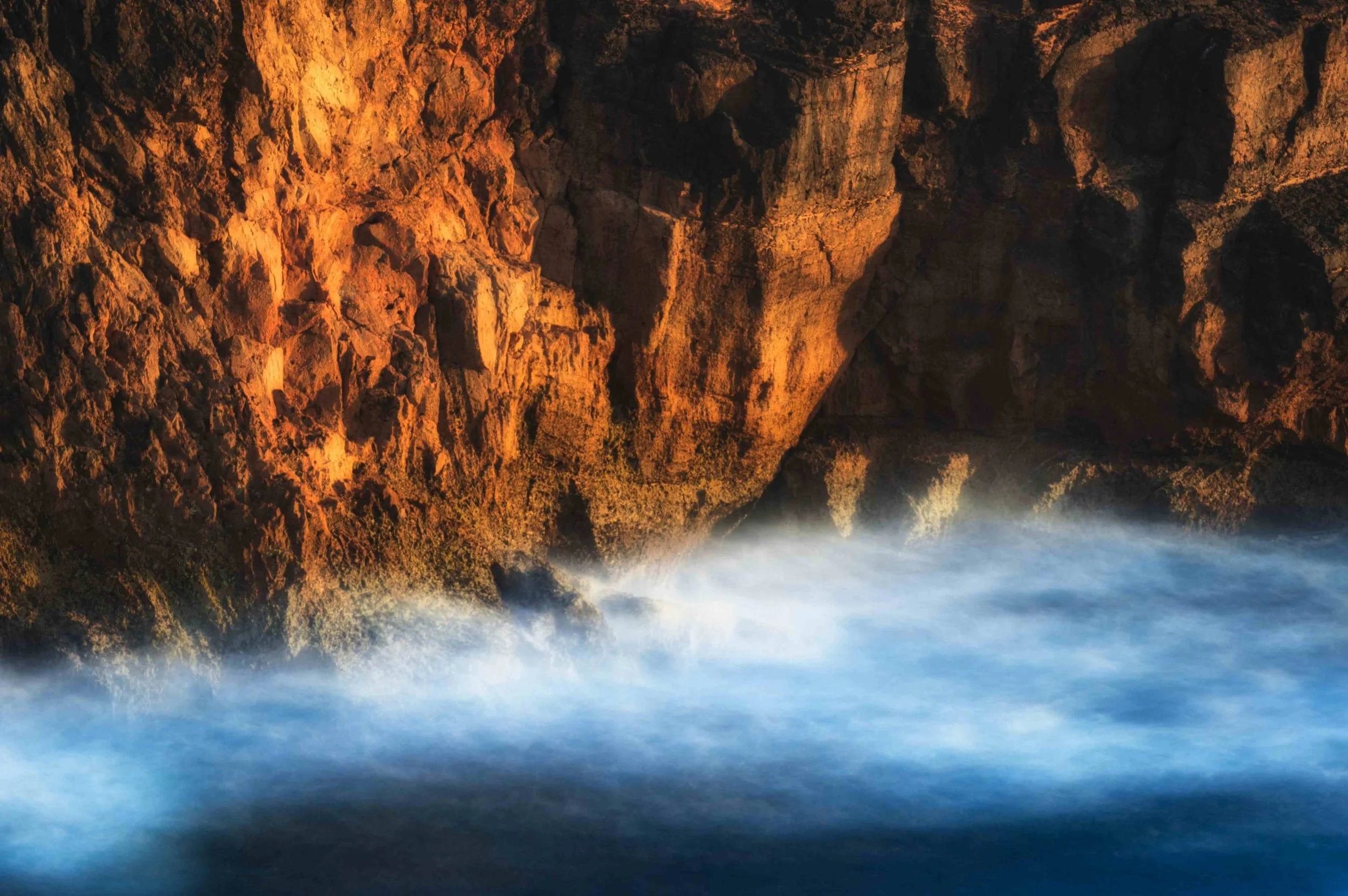5 Common Mistakes in Landscape Photography (and How to Fix Them)
Landscape photography is a rewarding but challenging art form. Even seasoned photographers occasionally make mistakes that can affect the quality of their photos. Recognizing and addressing these common pitfalls can help you elevate your skills and consistently capture stunning landscapes.
Mount Fitz Roy Patagonia
Ignoring the Foreground
Ignoring the foreground completely is one of the most common mistakes made by photographers when it comes to landscape photography. Even the most breathtakingly gorgeous landscape can become flat, uninteresting, and ultimately uninspired due to a lack of foreground interest. You may give your photos depth and dimension by include eye-catching foreground components, which will make your visitors' visual experience more captivating.
How to Fix It: To bring visitors into the picture, use features like flowers, pebbles, or leading lines. A carefully considered foreground enhances your image by adding depth and establishing a feeling of scale. You may watch my attempt to make motion the primary foreground feature in my seascape photography in the YouTube movie below.
Pro Tip: Use a wide-angle lens and get low to emphasize foreground details. If you are interested I use the Sony 16-35mm f4 lens, which I find to be a wonder lens for Landscape photography.
In this week's video, we photograph some gorgeous sunset light over the ever young Atlantic Ocean. Join me as we visit a new location and take advantage of the wonderful rocks that are popping up out of the water, offering a fantastic anchor for us to use to support our images and the motion in the ocean. With such beautiful golden light the pictures almost take themselves and I am so happy with how it all came together! I love to photograph the ocean; every frame, every press of the shutter and every moment is truly unique and this is one of the main reasons I am so drawn to seascape photography. Adding to this a beautiful golden hour you can come away with something really special. So please let me know which is your favourite image and feel free to let me know what you think.
Overlooking Composition
Poor framing may quickly destroy an otherwise stunning sight that could have pleased viewers. In landscape photography, composition is important. Photographers frequently encounter common problems such as positioning the horizon too high or too low in the frame, centering the subject in an uninteresting fashion, or adding cluttered items that detract from the photograph's main emphasis. The overall impression of your photos may be greatly altered by paying attention to these aspects.
How to Fix It: Adhere to compositional rules such as the golden ratio, leading lines, and the Rule of Thirds. Spend some time carefully framing the photo, and don't be scared to move to get a better viewpoint.
Pro Tip: Use a grid overlay in your camera’s viewfinder or screen to help with alignment. I the example YouTube video below we explore the importance of scouting for compositions.
After a bit of location scouting we visit my new favourite photography location in the southwest of Portugal! This whole area has compositions for days and I will absolutely be returning to take advantage of each and every one of them. The potential of the locations we scouted during our lovely walk have electrified my creativity and I cannot wait to share these wonderful locations with you all and take some new epic images in the near future! All that being said, I am so happy with how the images for this week's video have turned out and I'm also very glad I didn't get soaking wet in the process of making any of them. There was such beautiful light being cast on the cliff faces and sea stack edges and it really added wonderful depth and contrast to each and every frame and I would be more than happy to know which of them is your favourite!? The more I explore this wonderful coastline the more I am falling in love with it. There are so many creative possibilities and wonderful compositions to be found. And like I mentioned on so many occasions, seascape photography allows us as artists to capture truly unique images and I relish the thought of capturing these myself.
Shooting in Harsh Lighting
The harshness of midday sunshine can result in subdued colors that lack brightness, overexposed highlights, and deep, distracting shadows. Unfortunately, a lot of photographers make the mistake of taking beautiful landscape photos at the wrong time of day, missing out on the ideal lighting conditions that may enhance their images. I understand that this is something of a contentious issue in the field of landscape photography, but let's be cautious. For instance, black and white photography can be produced using harsh light.
How to fix it:
Take pictures during the blue hour, which is right before dawn or right after sunset, or the golden hour, which is right after sunrise or before dusk. Bright hues and softer, more diffused light are available during these hours.
Pro Tip: If you must shoot during the day, use a polarizing filter to reduce glare and enhance colors, or find shaded areas to work with. In the YouTube example I purpsonly head out anf shoot in the midday sun. Leading to some surprising results. Another tip would be to shoot seascapes photography.
In this week's video, we challenge ourselves to create meaningful images in the middle of the day, under harsh sunlight. There's a common consensus that photography, particularly landscape photography, shouldn't be done in the middle of the day. And to be honest, I agree with that to an extent. However, there's something uniquely captivating about midday photography. The vibrant scenes and intense lighting conditions offer an excellent opportunity to experiment with black-and-white photography, where you can really make the most of the harsh contrasts. I'm thrilled with the results I achieved this week, especially since I pushed myself out of my comfort zone. It's always great to get outside with your camera, no matter the time of day—there's always something new to learn, experience, and enjoy. So, even if the images might seem a bit unconventional, I hope you enjoy the video. I'd love to hear your thoughts on the images and whether you enjoy shooting in midday light.
Neglecting Weather and Timing
Great landscapes frequently rely significantly on the appropriate conditions, and failing to take into account how weather patterns change over time or just showing up at the wrong time of day may, regrettably, result in really poor photos. To really capture the majestic majesty of nature at its best, you must take the time to meticulously arrange your visit. This will enable you to thoroughly immerse yourself in the spectacular surroundings and ensure that every photo is memorable.
How to Fix It: Pay attention to weather forecasts and do prior research on the area. To schedule your photos around lighting, tides, and astronomical events, use programs like PhotoPills or The Photographer's Ephemeris.
Pro Tip: Embrace unexpected weather like fog or rain for dramatic and unique shots. In this example YouTube video you can follow along as I shoot in fast changing weather and manage to capture some wonderful coastal Photography. Just be sure to protect your gear!
I love landscape photography and one thing has become very clear to me over the last while of making videos for YouTube is that I may have found my stride with it all. Continuing on from last week's video in Lisbon, we venture to the coast and we are greeted with some absolutely epic conditions. This is what landscape photography is all about for me; being faced with the unexpected and adapting to and embracing the conditions and ultimately, photographing incredibly unique frames. One of the major takeaways from this week's video is that while you are looking at the same scene, the weather conditions and the dance of evolving light, play a vital role in how each image is conceived and finally manifested in post-processing. All that being said, I am absolutely delighted with how all of this came together, from the epic lightning to the glorious sunrise light. These are some of my favourite images I have ever captured.
Overprocessing Images
Post-processing is an essential part of landscape photography, and it plays a significant role in enhancing the beauty of your images. However, going overboard with saturation, excessive sharpening, or aggressive HDR effects can easily make photos look unnatural and overly processed. This is a common mistake among beginners who are trying to make their images stand out and “pop” visually, often leading to results that stray too far from the authentic beauty of the original scene. I have a crazy example image below, its mad looking!
How to Fix It:
Aim for a natural look by using subtle adjustments. Enhance colors and contrast judiciously, and always review your edits with a critical eye. Working in layers in Lightroom or Photoshop allows for non-destructive editing and fine-tuning.
Pro Tip: Step away from your edit for a few minutes and return with fresh eyes to assess whether the adjustments look realistic.
Crazy over processed image!
A final thought
Avoiding these five common mistakes will significantly help you produce more professional and visually striking landscape photos that truly capture the essence of nature. From carefully paying attention to the foreground elements to mastering the nuances of post-processing techniques, every small improvement you make adds up to better overall results when you're out in the field. Investing time in these areas can elevate your photography and enhance the beauty of your landscapes.
If you would like to learn more about landscape photography you are most welcome to join up with one of the Photography Workshops I have organized, Or if you are based in Ireland you can of course get in touch for a one 2 one photography sessions.
Thanks a million for getting this far and If you have any other tips or tricks you’d like to share you are most welcome to leave them in the comments below.
Take it easy everyone, Cheers







